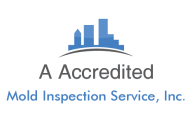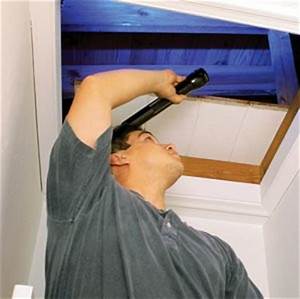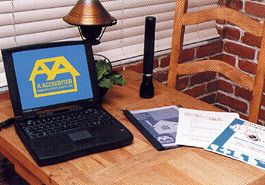DO YOU NEED A PROFESSIONAL PALM BEACH GARDENS MOLD INSPECTION SERVICE?
Since 2003 our Palm Beach Gardens mold inspector has provided professional mold testing in all of Southeast Florida. To aid you with fair and trusted services, we are a no-conflict of interest company. We only inspect your property and do not offer removal services.
We present a comprehensive report clearly stating the location and likely cause of the mold. In addition, we identify the types and quantities of spores present. The report also identifies specific mold infested areas. Most importantly, we give written advice on the removal of your mold if present. If you are seeking professional Palm Beach Gardens mold testing, you have come to the right place.
REASONS TO TRUST US
PALM BEACH GARDENS MOLD INSPECTOR
EXPERIENCE
1) You can trust your valuable property and health to our experienced Palm Beach Gardens Mold Inspector. We have been providing reliable services since 2003. Thus, we have the experience you have been looking for.
MOLD INSPECTION AND TESTING
CERTIFICATIONS
2) When using A Accredited Mold Inspection Service you will be hiring a mold inspection service that is properly certified.
The CIEC Certification is without any doubt one of the nation’s highest mold and indoor air quality related certifications. Most mold certifications require nothing more than two days of simple classes in a hotel conference room, and a simple test in that same room. You can verify our certification by clicking here.
In strict contract to the above, the CIEC certification requires 8 years of experience, or 8 years of education, or a combination of relevant experience and secondary science education that adds up to a total of eight years. There is quite obviously a big difference between a certification that was two days in the making, and one that was 8 years in the making.
In addition to strict prerequisites, a rigorous exam taken at a proctored testing center is required. Your local mold inspector Daryl Watters received a 85 on his CIE exam in 2004 and a 96.6 on his even harder CIEC exam in 2015.
OUR
REVIEWS
You don’t have to trust us, we have plenty of 5-star reviews, always check reviews and take the time to read them before you hire any mold inspector. Just click here to see what our clients have to say about our mold services.
OUR
LICENSE
Of course we are licensed. Here is a link so you can verify our license status. License number MRSA 328. We obtained our mold inspection license the very first year licenses were offered in the state of Florida!
A QUALITY
REPORT
3) Our Palm Beach Gardens area mold inspector will provide a comprehensive inspection report that gives various causes of molds. We also provide environmental readings and recommendations about the best possible remedy. The written report will contain photos and elaborated details on various issues related to mold at your home or commercial building.
We not only use mold inspection reporter (MIR) software forms for creating reports, we also created (MIR). This reporting system that was created by our inspector Daryl Watters is used by many other inspectors nationwide. Thus, you will receive a quality mold inspection reporter for your allergy doctor, mold attorney, insurance company, or remediation firm.
Contact Us
If you are having mold issues, unusual odors, allergy type symptoms, or humidity problems we can help. Our inspector has investigated and reported on mold and moisture damage from plumbing leaks, humidity problems, floods, and hurricane damage. We have inspected mold damage from 5 hurricanes including Francis, Jean, Wilma, Irma, and Ian. If you reside in Palm Beach Gardens or in any part of South Florida give us a call at:
1 888 381-6651.
Let Us Help You Breathe Easier.



